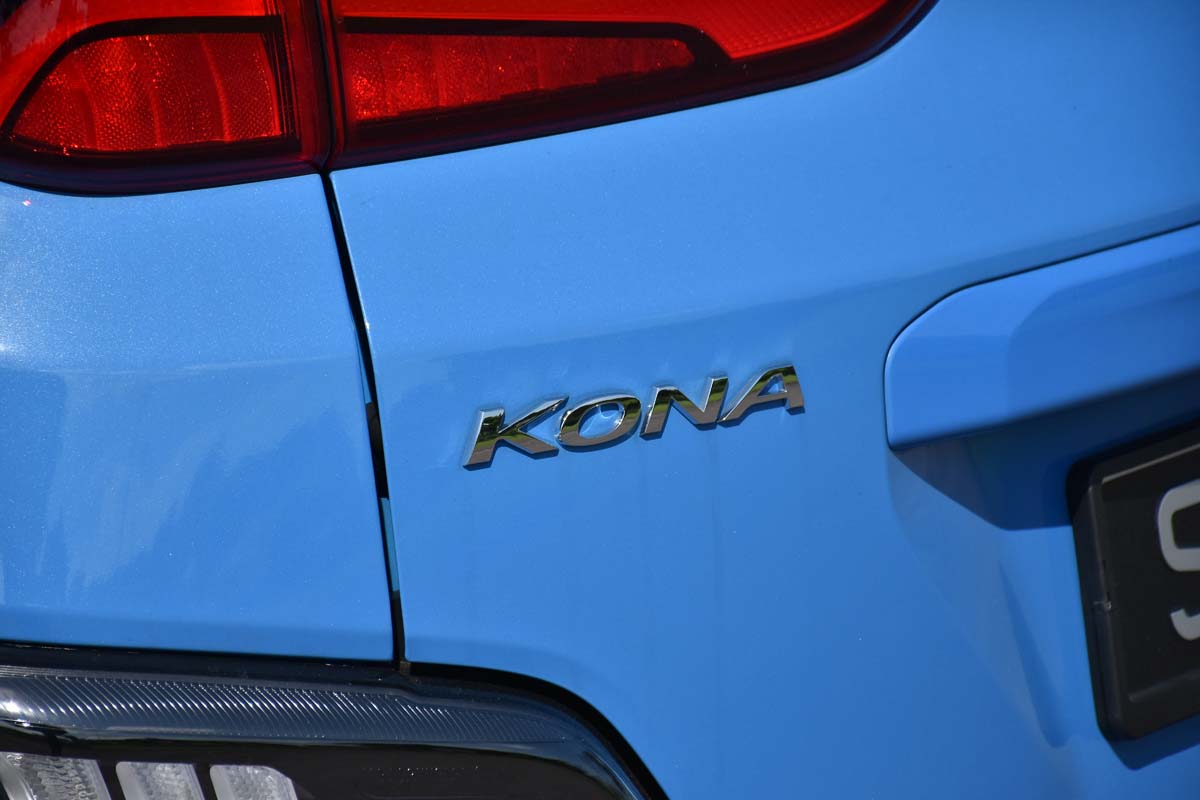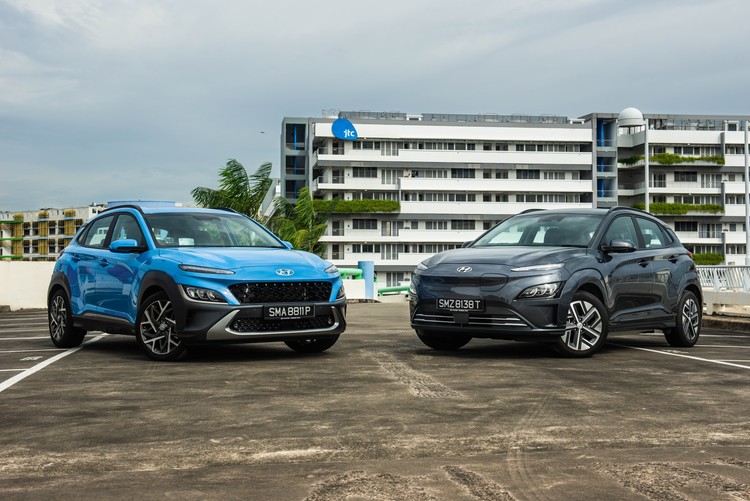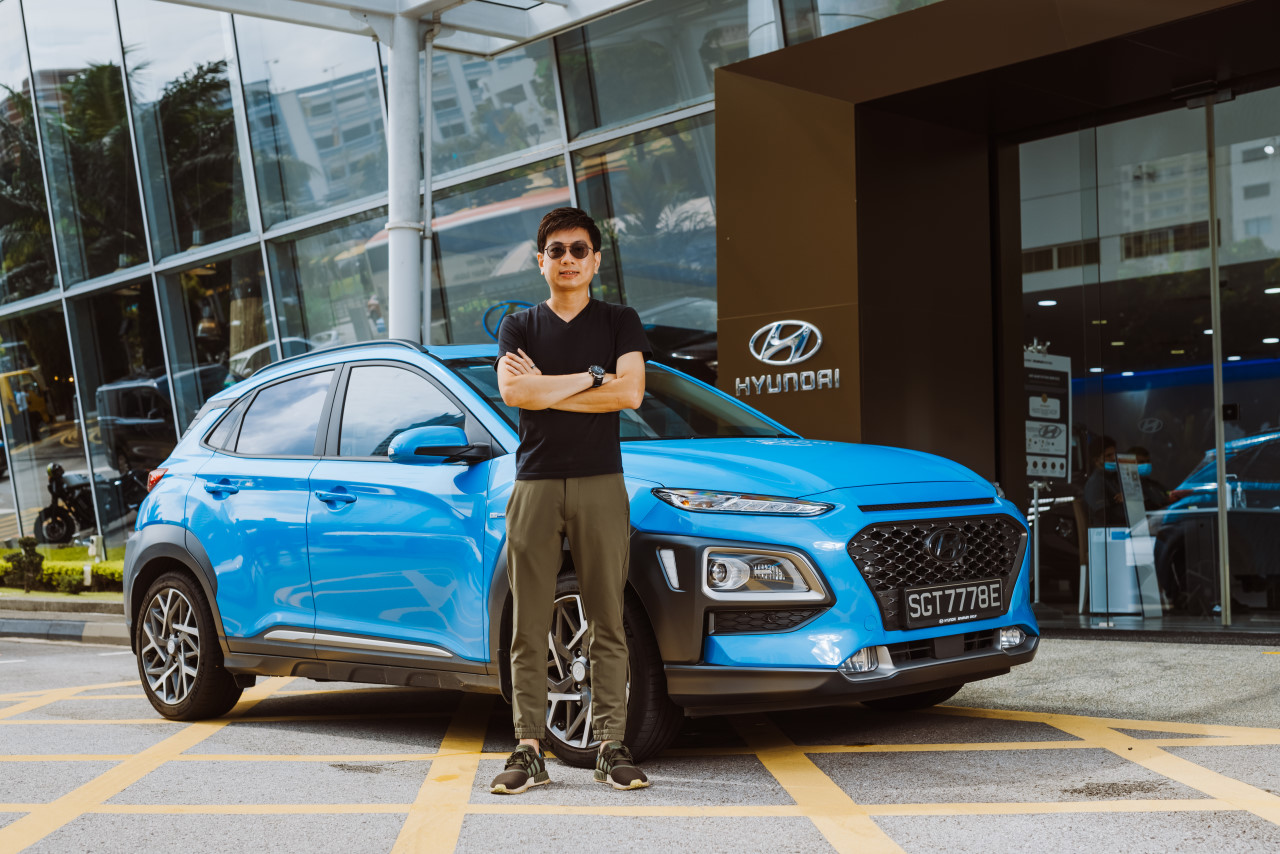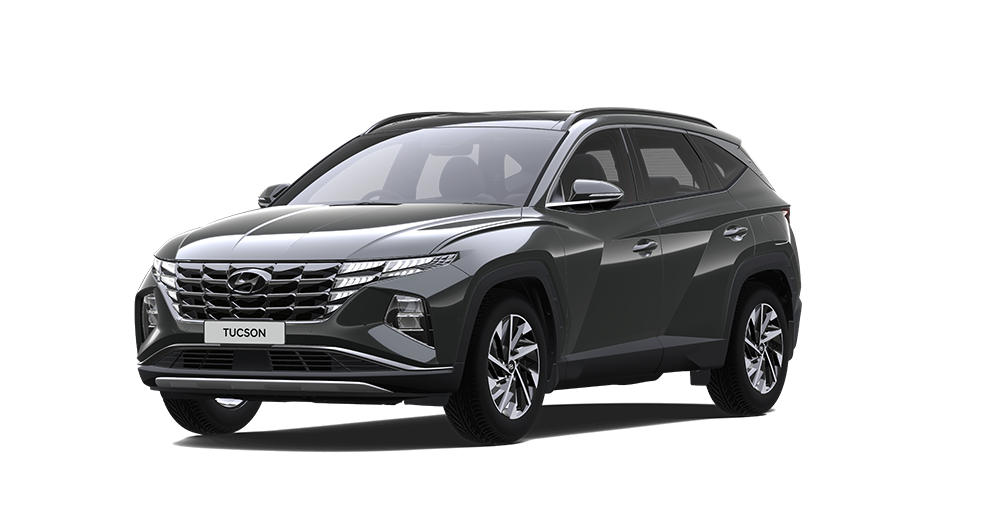SINGAPORE
Hyundai’s Kona crossover SUV platform is one of the most versatile cars in the South Korean brand’s stable. It was sold here with a basic 1.0-litre turbo engine and a manual gearbox in 2018, then an electric version appeared in 2019, and a petrol-electric hybrid arrived in 2020. There’s also news of an upcoming, high performance Kona N in the works.
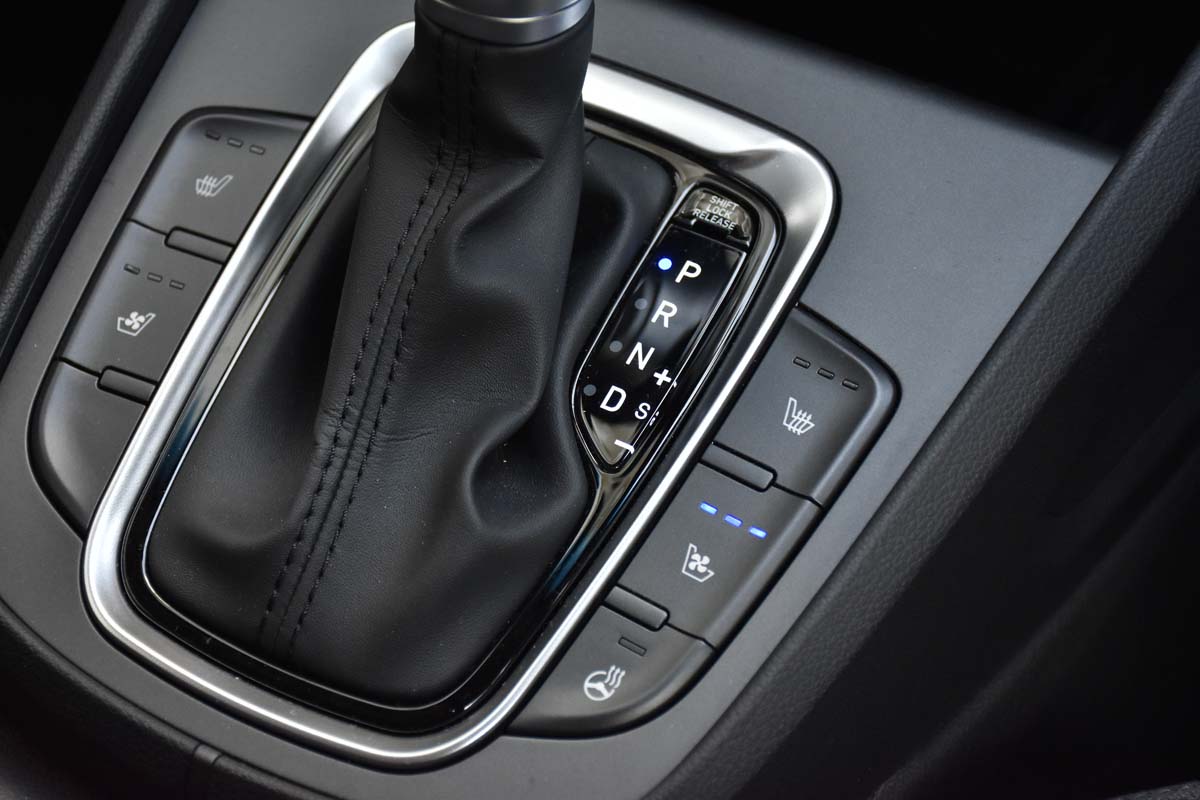
Meanwhile given the current automotive trend and climate in Singapore, the petrol-electric hybrid is the best seller of all the variants, helped by the fact that it’s just been given a mid-life-cycle refresh alongside its all-electric sibling.

It gets a new front end design, with an even wider front intake grille than ever and main headlight housings so slim that they are almost letterbox slots. The secondary lights are housed in another more normal looking pair of assemblies situated lower on the front, but are also noticeably slimmer in size than the earlier model. The car’s rear end gets a minor restyling, but the general outline is just about the same as the launch model version.

Mechanically, it’s largely identical to the earlier version with a 1.6-litre four-cylinder petrol engine helped along with a 43.5hp electric motor. Total system output is a respectable 130 horsepower, all sent to the road through a six-speed twin-clutch transmission driving the front wheels.
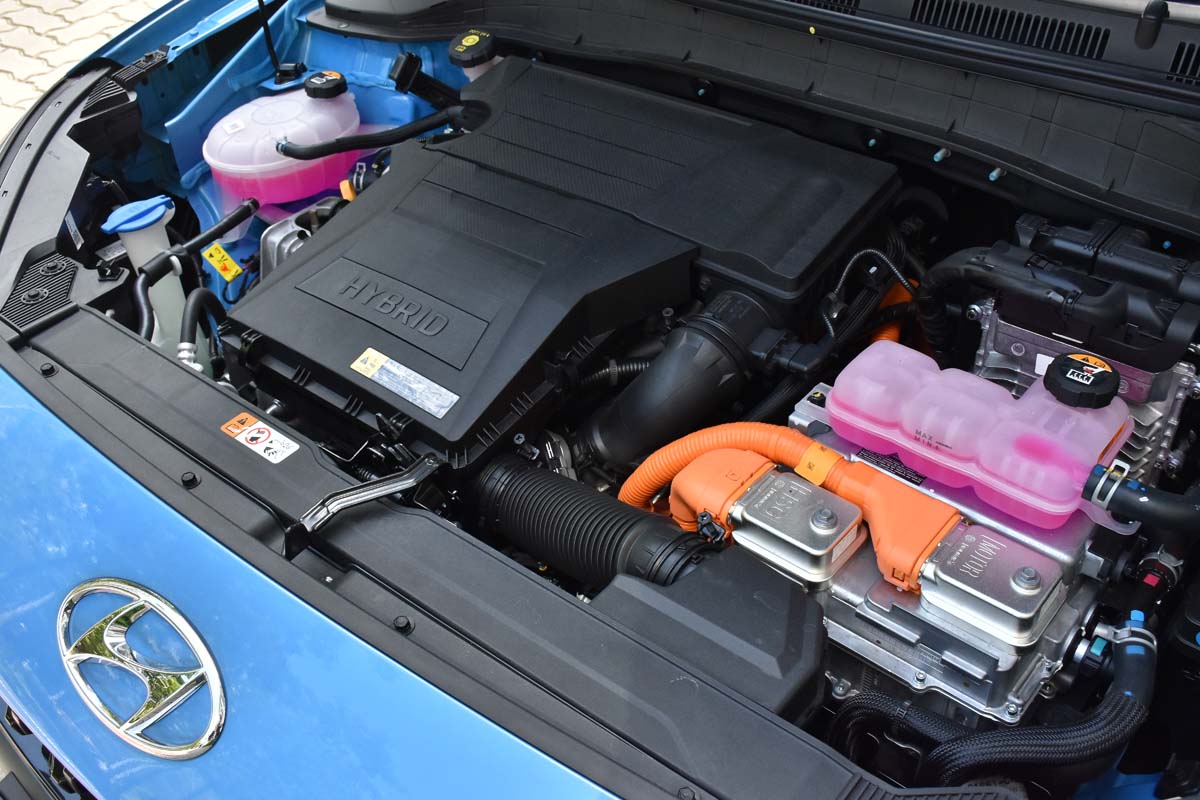
It’s not very quick on paper, with an official 0 to 100km/h sprint time of 11.3 seconds. As an all-round family commuter car, there’s little to complain about though. The trendy body style, smooth drivetrain, well-packaged cabin, and ample boot space makes this a vehicle that’s as easy to drive as is easy to live with.
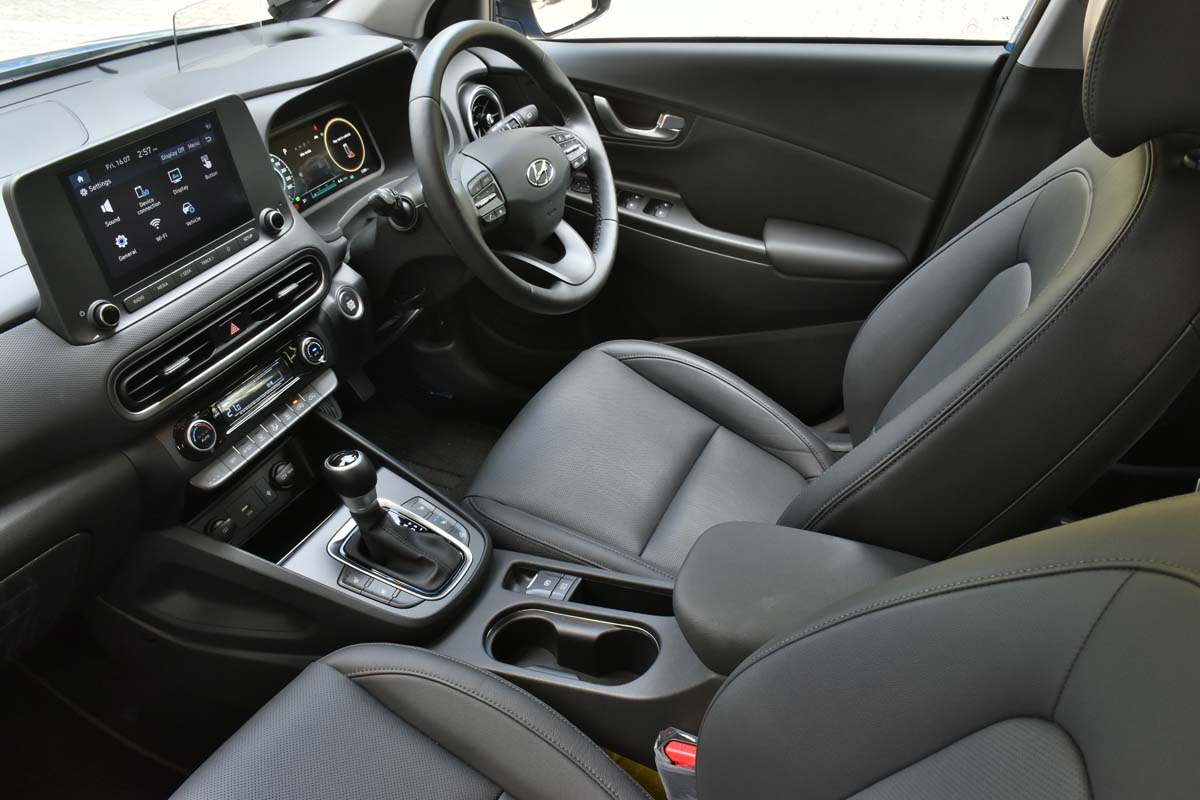

That’s partially because the Kona Hybrid comes with a lot of active safety features as standard, plus a heads up display. Hyundai’s active cruise control with stop & go is one of the best you can find in a car at this moment, outclassing even the system found in some luxury continental brands. Blind spot assist, forward collision avoidance, lane keeping assist, rear cross traffic collision avoidance assist, they’re all integrated into the car and while that really shoves the price up a step it also delivers the goods where it counts.
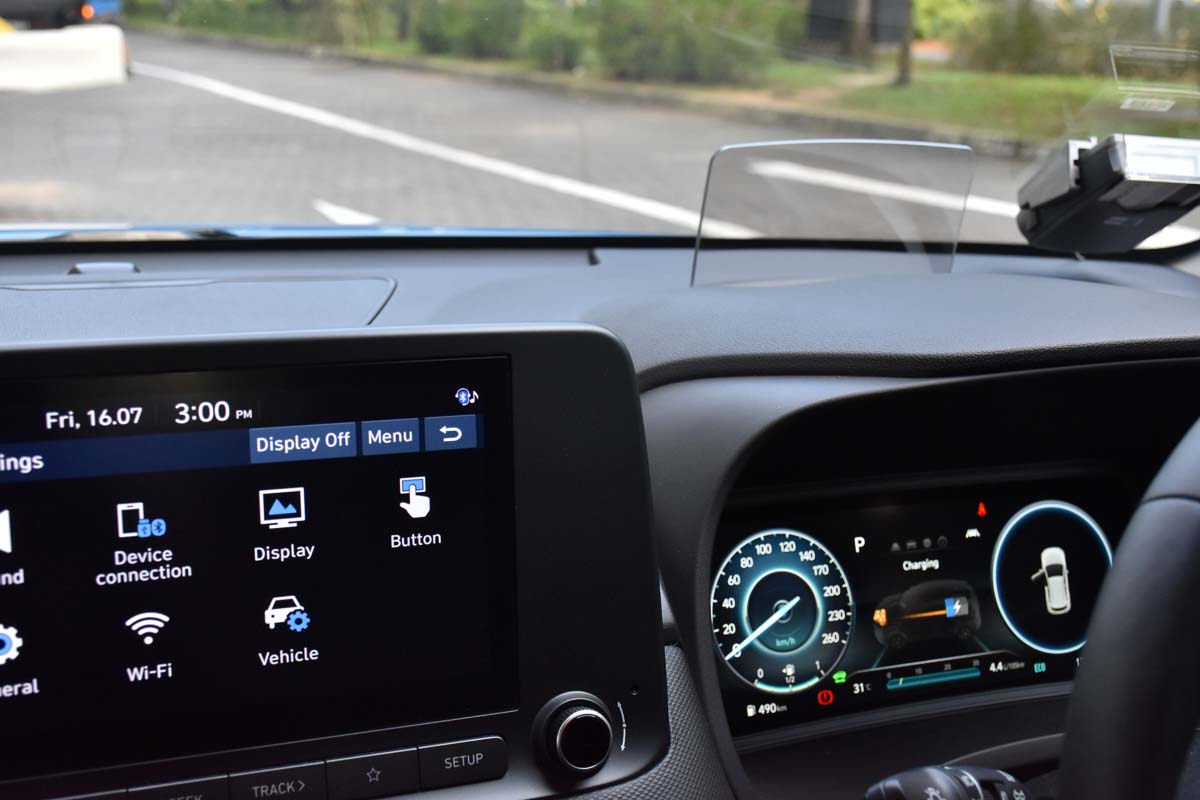
That’s surely better than spending that extra budget on a bodykit and some bigger wheels.
Fuel economy is also above expectations. The official specifications say 3.9l/100km, and we got 4.1l/100km after two days of mixed driving all around Singapore. For the most part, the engine seamlessly switches off readily during highway cruising and electric power takes over. That happens at car park speeds often too, but the most fuel savings come from constant high speed driving above 70km/h or so.
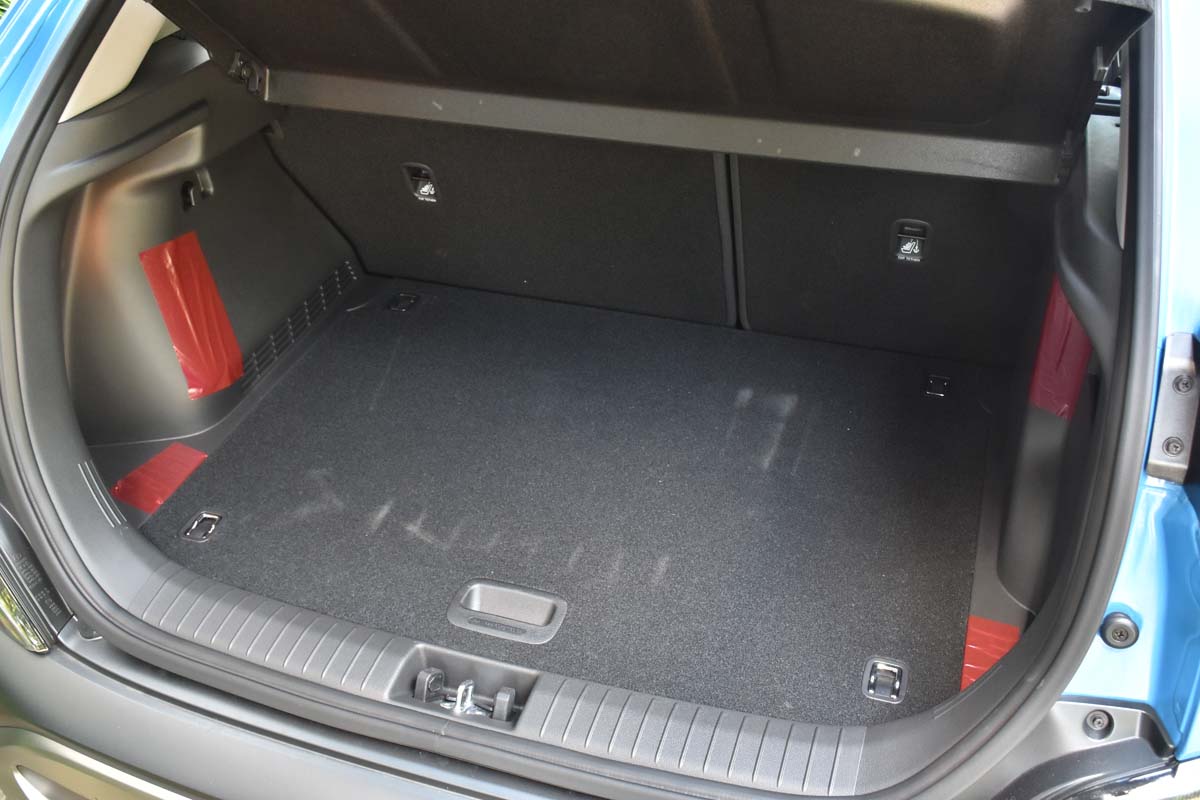
Perhaps the only big critique is that the car isn’t very engaging to pilot, with a very calm, sensible demeanor that’s clearly more suited for people who like their drives to be safe and comfortable over engaging and exciting. The twin-clutch automatic transmission can be sequentially shifted with the paddle shifters on the steering wheel, and when you really lean into it the car can kind of do sporty, but that’s not its main selling point.
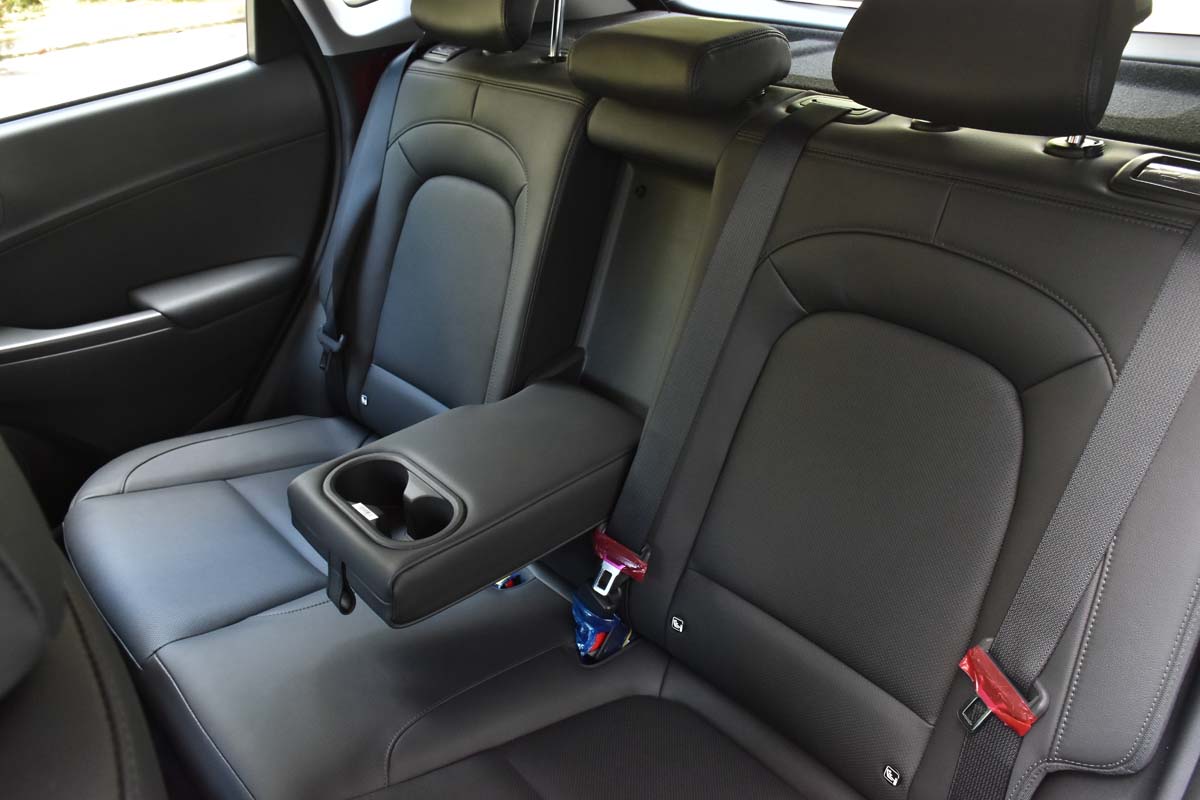

The segment that the Kona Hybrid sells in is now a very big one, and perhaps the dealers are banking on the fact that having more viable choices make for better diversity. For the money, the Hyundai Kona Hybrid is a sound drive, but once again swimming in a very crowded, despite popular, automotive class.
